“The greatest threat to our planet is the belief that someone else will save it”- Robert Swan
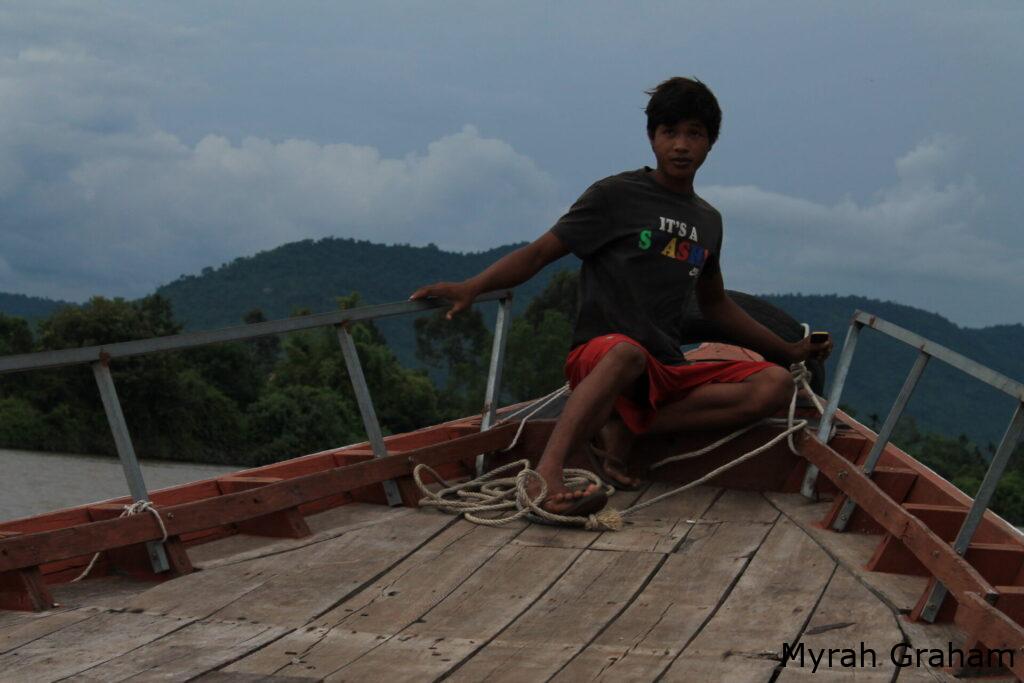
Water you goin’ to do about it?
The global oceans crisis is one of great concern. For those living nearby and depending on what lives within, the degradation of our oceans is catastrophic. With an estimated decline of 70% of the world’s coral reefs, it is estimated that the 2/3 of the world population living near coasts is sure to suffer the consequences of decreased marine resources (Hinrichsen, 1996).
The overwhelming nature of such a problem discouraged me for a long time from taking any action. The feeling of helplessness changed in 2014 when I graduated college and decided to do something. On the shared basis of our love for seahorses, I opted to volunteer for Marine Conservation Cambodia. I barely knew how to swim, and I didn’t know anything about Cambodia… but in two weeks, I was a licensed diver and seahorse surveyor living on Koh Seh Island.
In search of seahorses
Koh Seh means “horse island” in khmer, the primary language spoken in Cambodia (Cambodia). Donated to MCC by the Cambodian government, this island is a “test” to see whether protecting parts of the ocean could increase biodiversity and productivity for local fisheries.
Seahorses are the umbrella species for MCC, and the spirit animal of its founder, Paul Ferber. Monogamous, delicate, mysterious and cute: the seahorse is as attractive to conservationists as it is to poachers (Foster et. al, 2017; Seahorse Gold). Six species of Hippocampus drift around Koh Seh. Yet in my first month surveying these waters, not a single seahorse was to be found. This was to be expected: we were in the first month of an official ban on trawling around Koh Seh. However, lack of enforcement or monitoring meant that trawling still persisted, scrapping away marine habitats for miles.
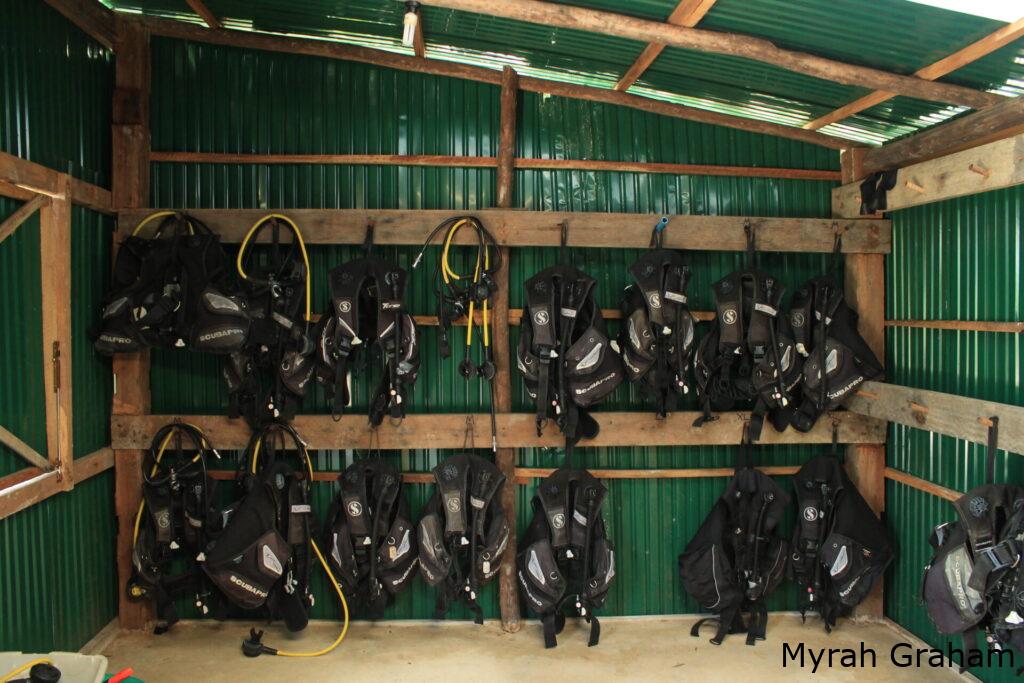
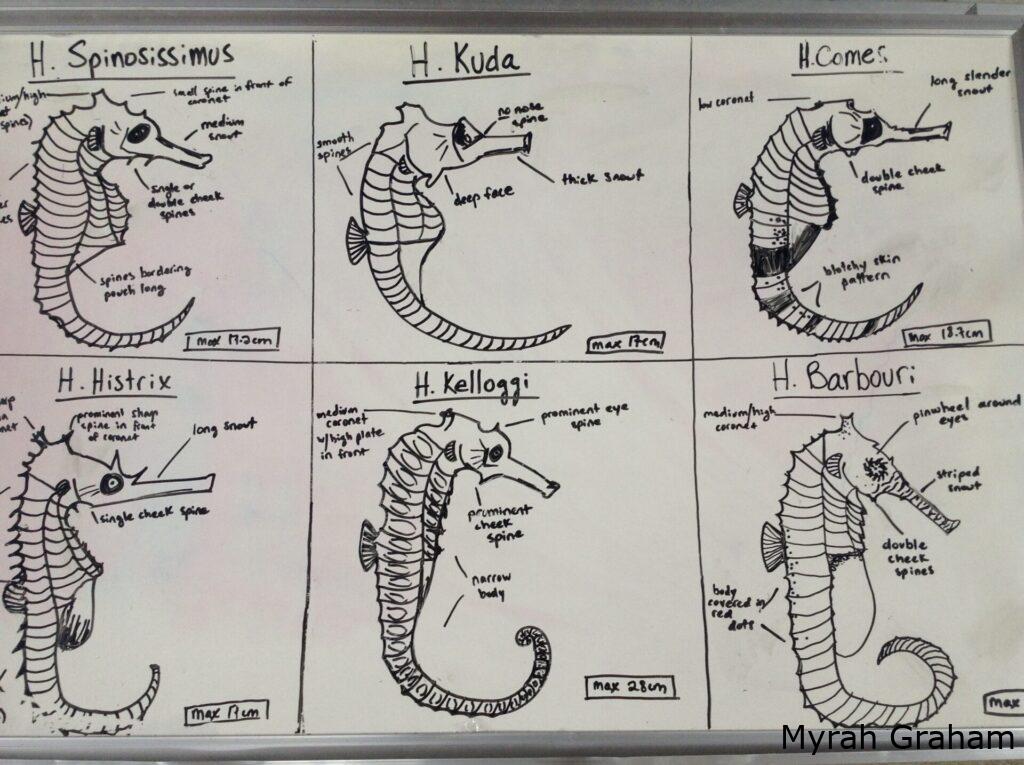
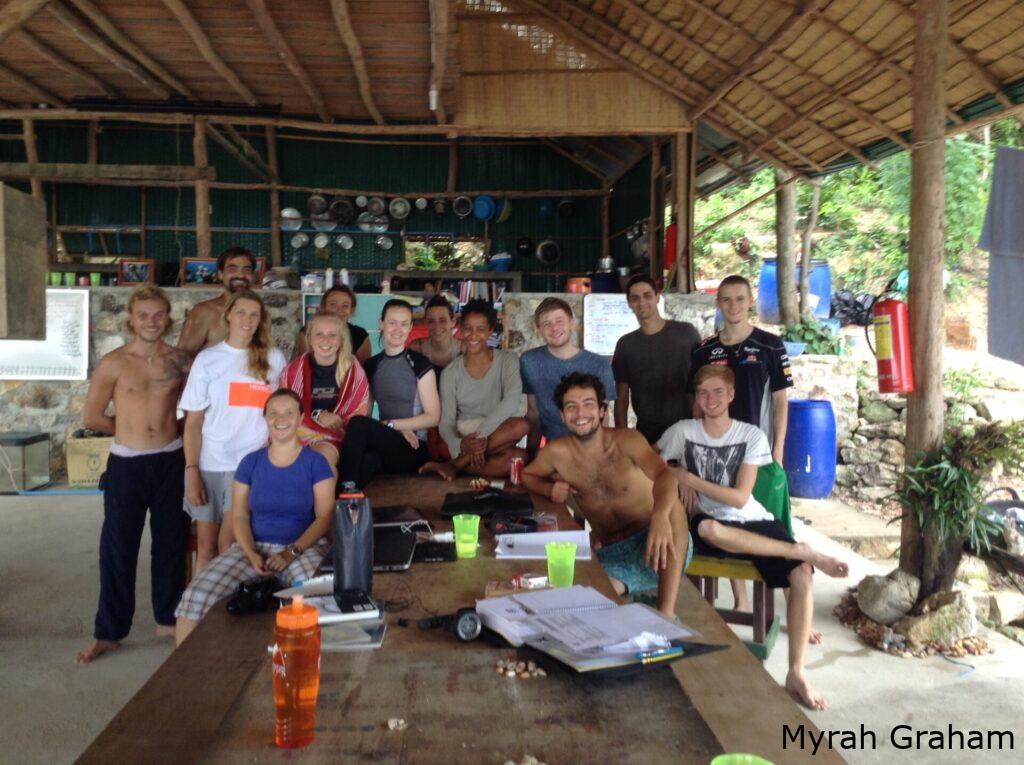
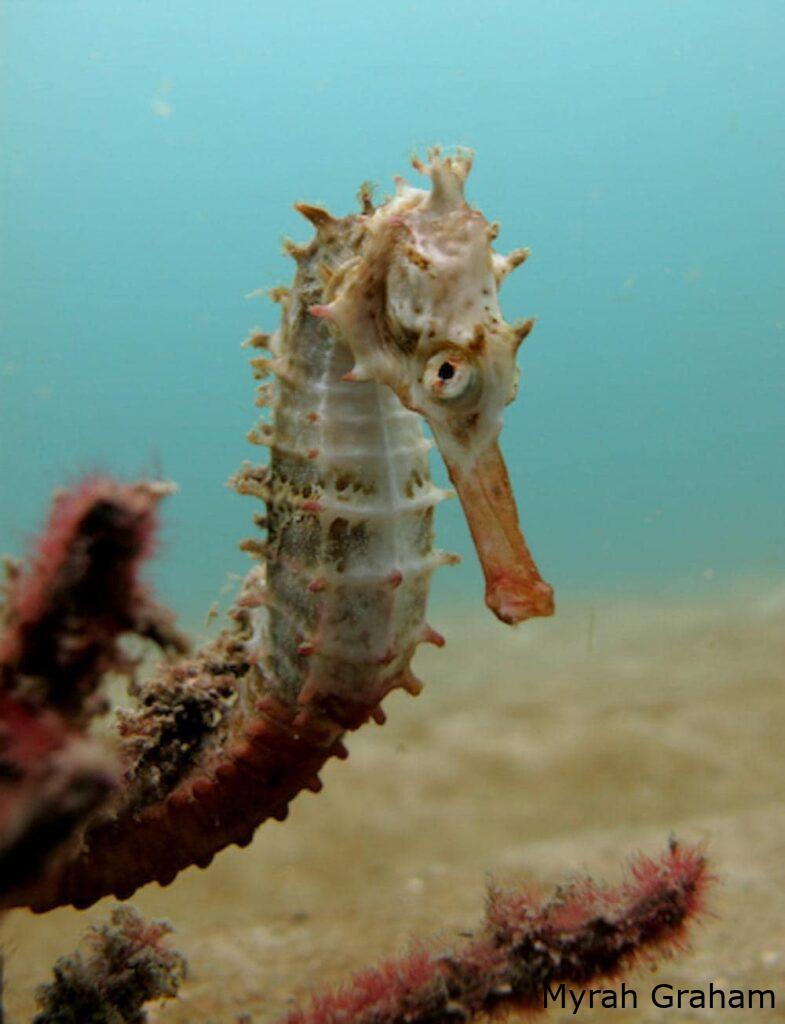
Local Connection
Shrines to Mahotaradevi wish for smooth seas and freshwater for the crops. Khmer boats decorate a seat on the bow for Buddha. What seems like such a peaceful country was only a generation ago in the midst of a brutal genocide. The Khmer Rouge were responsible for the death of 1/3 of the population in the span of their regime (Souter, 2014). The effects of this horrible time still echo today, with Cambodia remaining one of the poorest and least educated countries in Asia (Cambodia).
Being in present-day Cambodia and learning of the country’s past troubled me. I arrived with a mission to save the seahorse, but gradually began to understand that I was merely a visitor in this land. The implications of imposing conservation rules on their fisheries would hold temporary implications for me, but a lifelong one for the locals. The problem involves Cambodians, and so should the solutions.
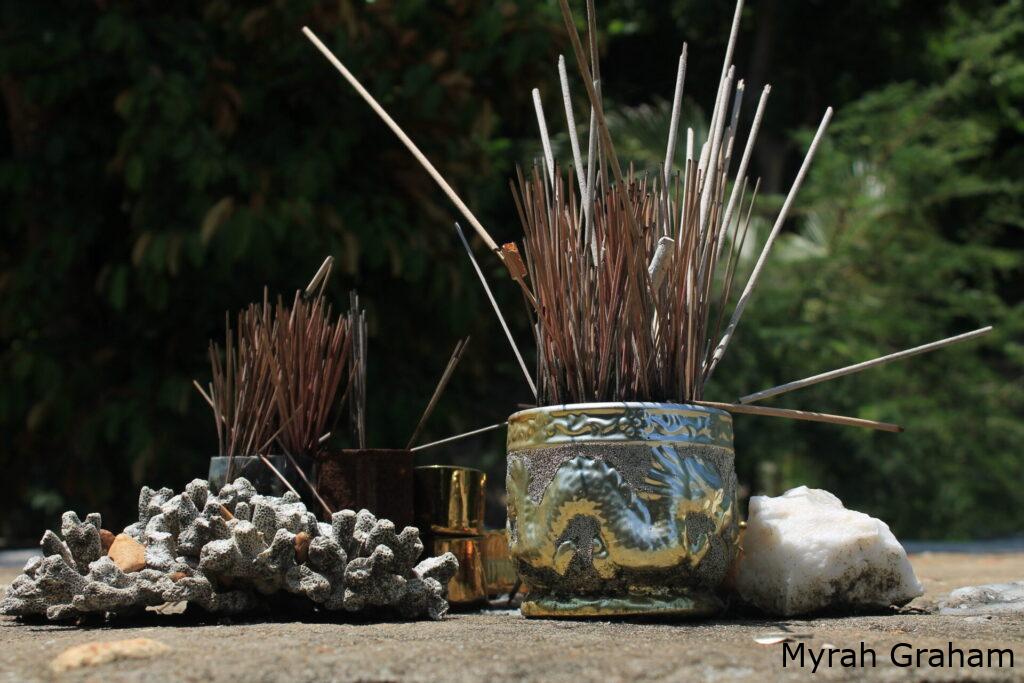
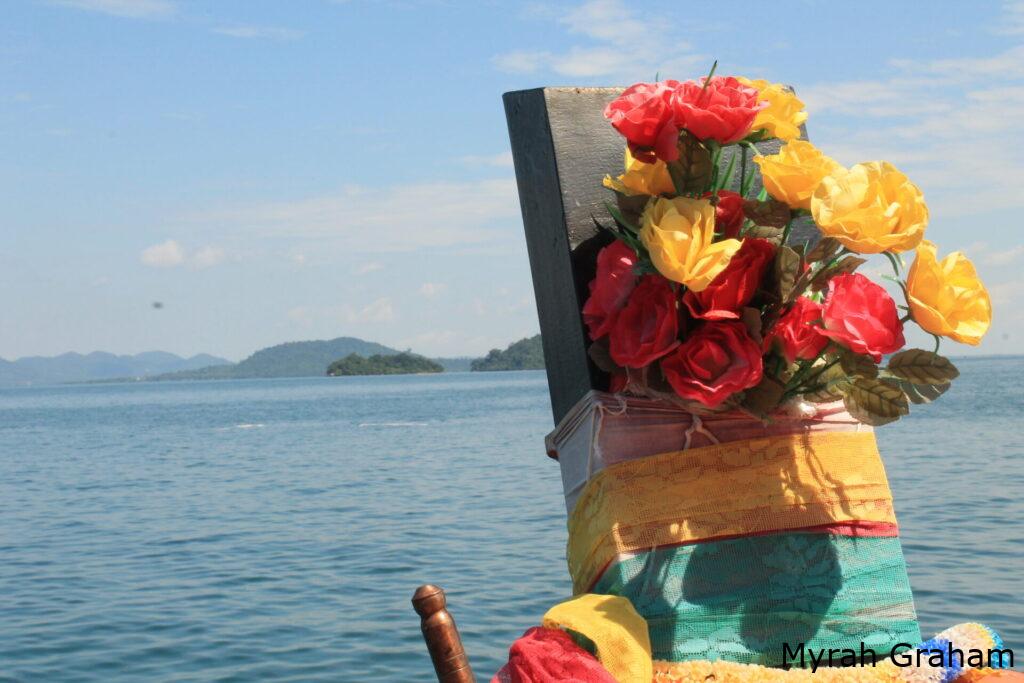
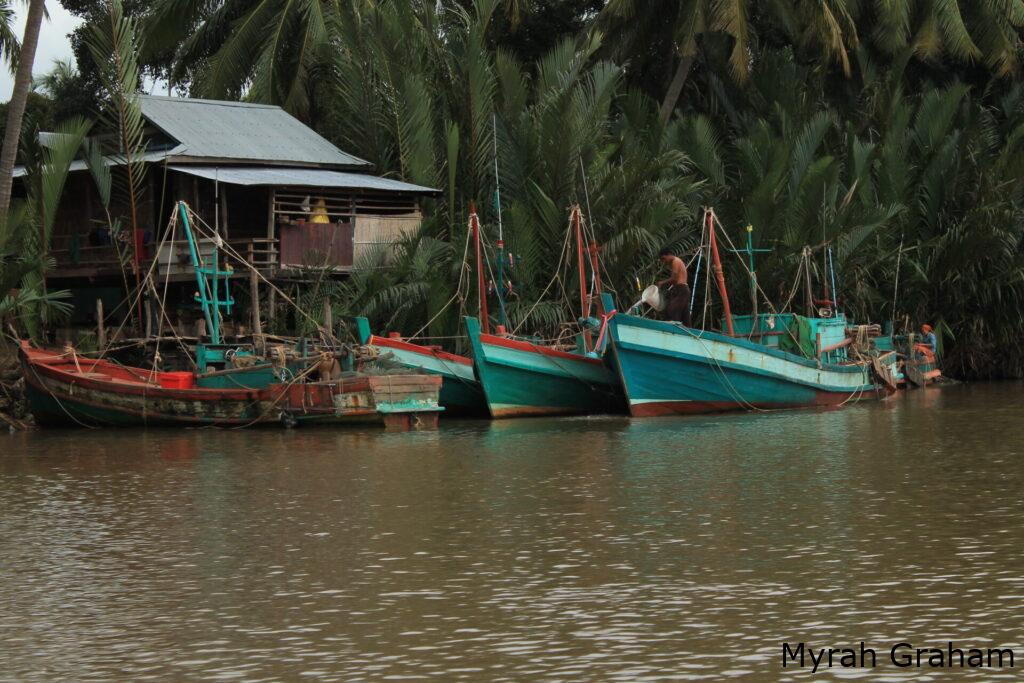
Smoke on the water
Heard from a great distance, the belching trawlers seem to be choking on their own contradictions. Mass scrapping of the ocean floor and stifling of all surrounding life is bound to anger water deities and marine authorities, yet most trawlers blatantly continue on their destructive path. (Jones, 1992). The important seagrasses and coral reefs are uprooted and crushed in the process, removing crucial habitat and grazing for a multitude of marine life (Otrh et.al, 2006). The sea floor remains scarred and the waters muddy long after the trawlers have cashed in on their harvest. (Roberts et.al, 2000). By the time the dust settles, more fleets blaze through.
Law & Order
The main threats to the seahorse are from trawlers (dubbed the clear cutters of the sea), habitat destruction and the lucrative global seahorse trade (Vincent, 1996). Millions of pounds of seahorses are dried and sold for a high price, particularly for Chinese medicinal purposes (Vincent, 1996; Seahorse gold). For small-scale fishers, this is a welcome source of income.
Pictured below is the reprimanding of a repeat-offender. His drag nets and particularly deadly electric shock wires are being confiscated-his livelihood is being taken. In confronting this man and many like him, our angle as conservationists is to label his actions as destroying the ocean for future generations. However, interacting face-to-face with fishermen like him expose the reality that their children already feel the burden of ocean degradation, and as a result are hungry today.
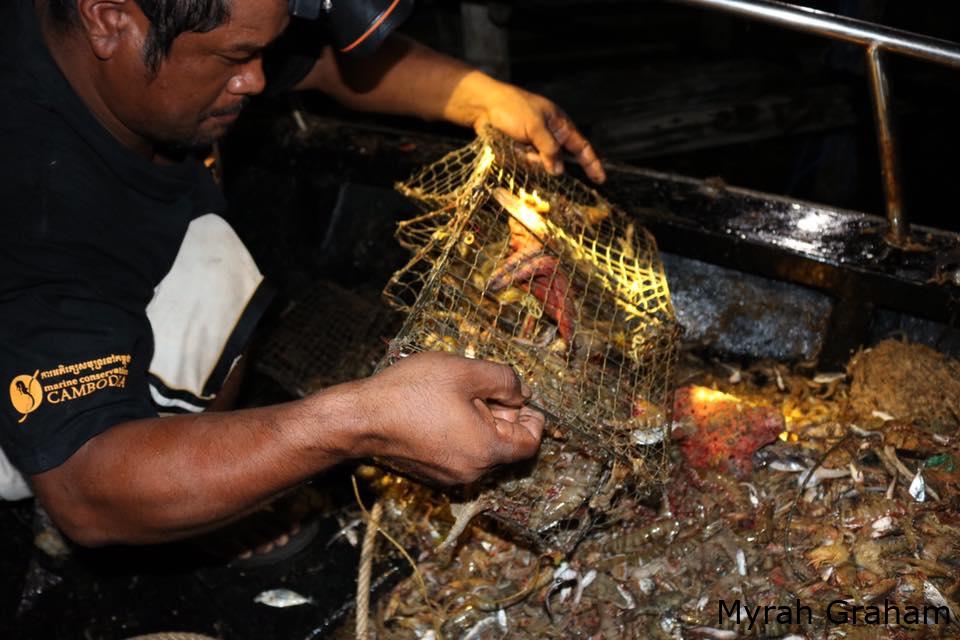

Photos from Paul Ferber’s facebook
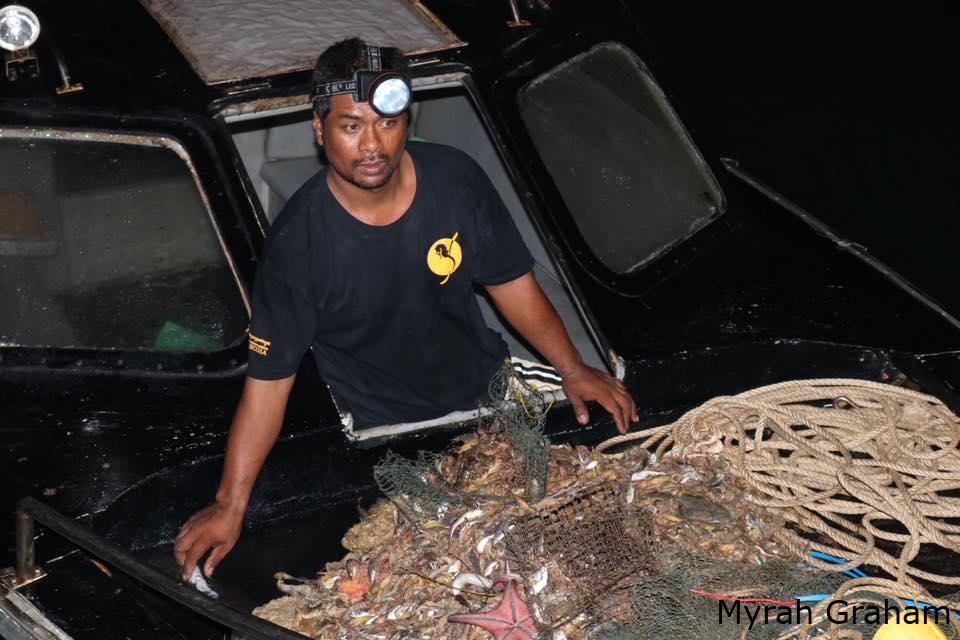
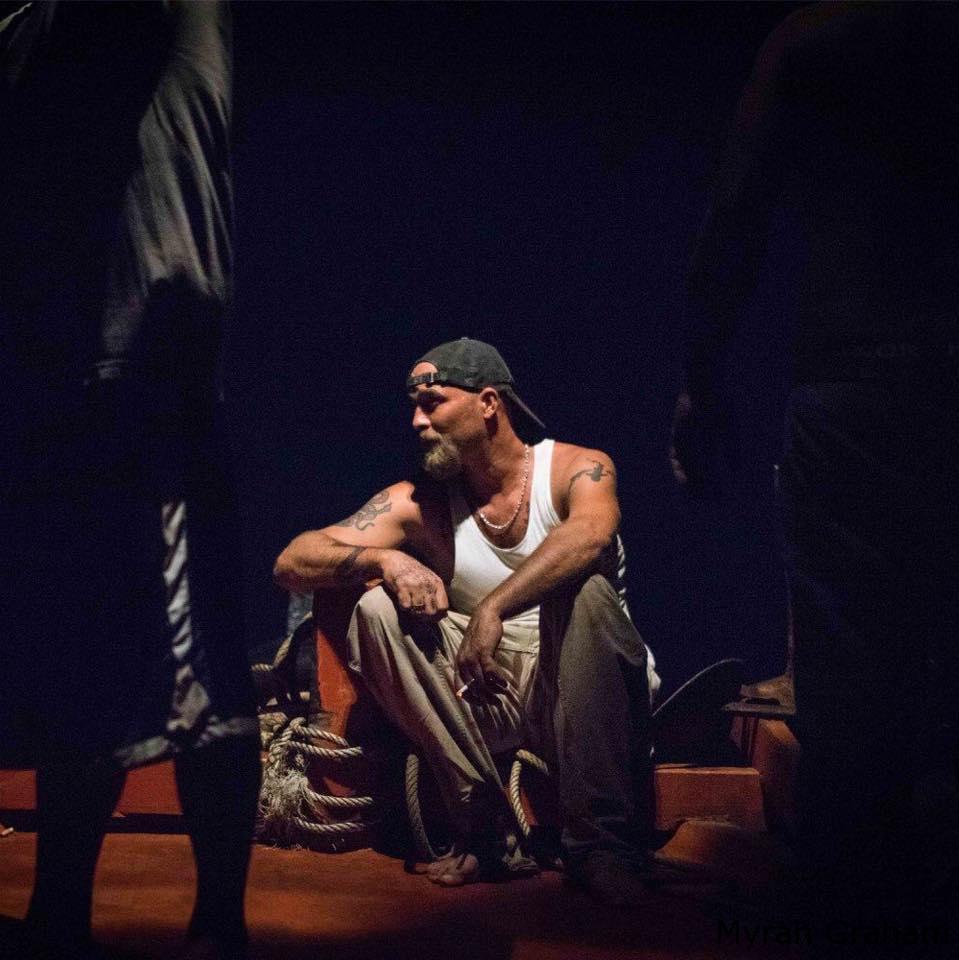
Eyes on the Prize
MCC continues its mission of protecting the ocean waters for current and future generations. Signs of hope are present in the return of many marine animals. Only 4 years later, the return of the Irrawaddy Dolphin alongside its hunting partner the Sea Eagle encourage continued efforts.
By involving the greater community in conservation efforts, more support and vigilance is shared on a local level in the fishing villages. The ultimate goal is to promote the adoption of sustainable fishing practices, to not only remove a great threat to seahorses, but also to overall biodiversity, and
consequently local prosperity.
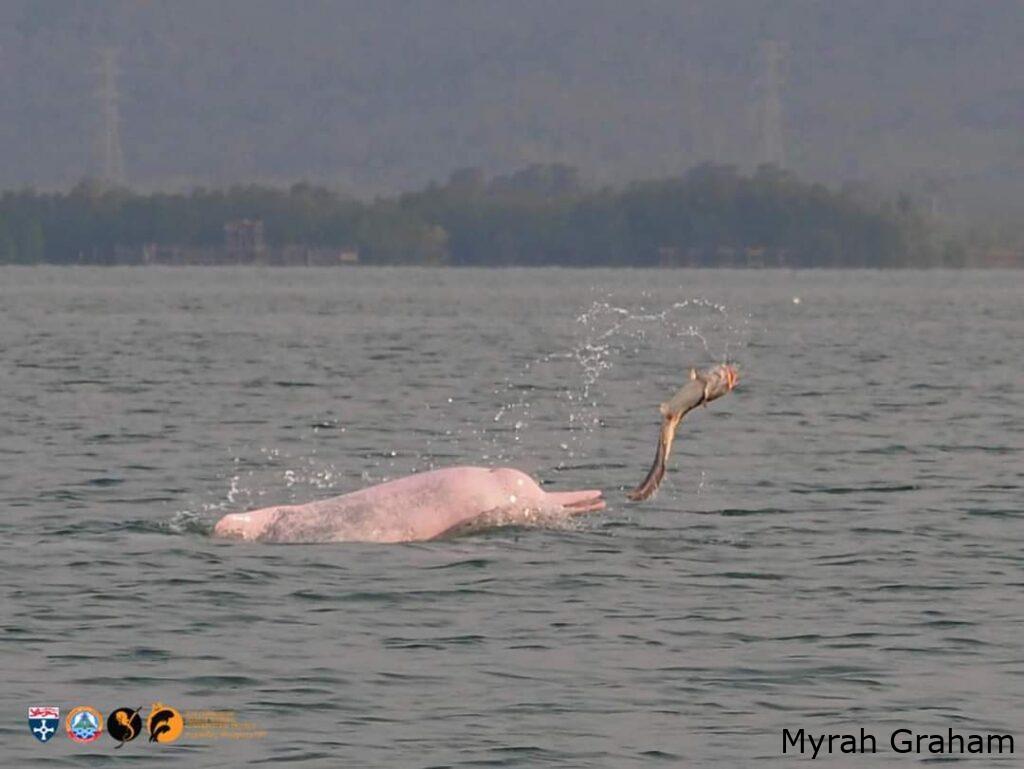
Leaving the island left me with mixed feelings. In the end, I feel like I personally gained more from the experience than I was able to give. I definitely did not save the seahorse- but I did witness its return to Koh Seh. My greatest lesson was the knowledge that conservation starts at the individual level, but succeeds in the long term at the community level. Most importantly, I still hold with me the instinct to be careful and conscientious when it comes to conservation. I hope that is something more of us can carry when we go out and do something.

Further reading and works cited
Cambodia (n.d). In World Fact Book online. Retrieved from: https://www.cia.gov/library/publications/the-world-factbook/geos/cb.html
Foster, S.J., Aylesworth, L., Do, H.H., Bat, N.K., and Vincent, A.C.J. (2017). Seahorse exploitation and trade in Viet Nam. Fisheries Centre Research Reports 25(2): 50pp.
Gillian March (Director, Producer). Seahorse Gold. [Documentary]. Ireland: Available at https://www.documentary.org/project/seahorse-gold.
Hinrichsen, D. (1996). Coasts in crisis. Issues in Science and Technology, 12(4), 39-47.
Jones, J. B. (1992). Environmental impact of trawling on the seabed: A review. New Zealand Journal of Marne and Freshwater Research, 26 (1), 59-67. https://doi.org/10.1080/00288330.1992.9516500
Orth, R., Carruthers, T., Dennison, W., Duarte, W. Duarte, C., Fourqurean, J. Heck, K., … Williams, S.(2006). A Global Crisis for Seagrass Ecosystems. BioScience, 56(12), 987-996. doi:10.1641/0006- 3568(2006)56[987:agcfse]2.0.co;2
Roberts, J. M., Harvey, S. M., Lamont, P. A., Gage, J. D., & Humphery, J. D. (2000). Seabed photography, environmental assessment and evidence for deep-water trawling on the continental margin west of the Hebrides. Hydrobiologia, 441(1), 173-183.
https://doi.org/10.1080/00288330.1992.9516500.
Souter, N. (2014). Building a Capacity for Conservation: Fauna & Flora International’s University Capacity Building Project. AQ: Australian Quarterly, 85(2), 9-28. Retrieved from http://www.jstor.org.proxy3.library.mcgill.ca/stable/24363636
Vincent, A.C.J. (1996). The international trade in seahorses. Cambridge, UK. TRAFFIC International. Retrieved from: https://portals.iucn.org/library/node/7009